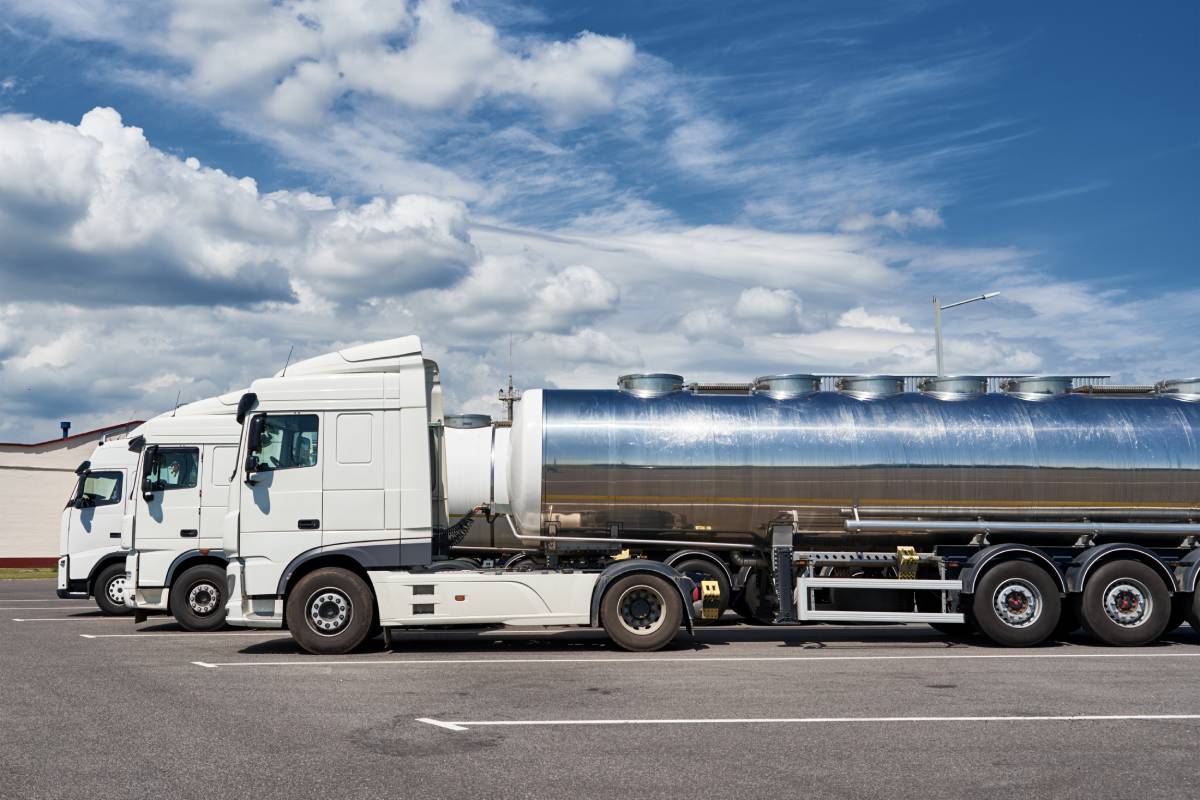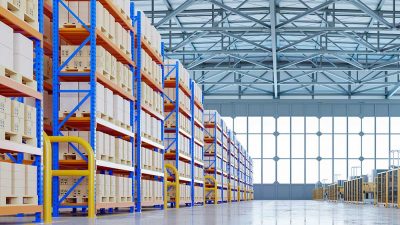Stepping on the journey as a truck driver in Australia means stepping into a world of diverse opportunities. From local routes to long-haul adventures, the trucking industry has something for everyone.
In this exploration, we’ll break down the steps to becoming a truck driver, explore the various types of trucking jobs, and uncover what makes some roles stand out with higher pay.
How hard is it to become a truck driver in Australia?
A truck driver makes a living by driving a truck to transport goods and materials. These drivers are licensed to operate heavy vehicles like tankers, trucks, and 16-wheel tractor-trailers, playing a crucial role in the supply chain. They travel between retail centres, distribution hubs, and manufacturing plants to deliver various products, ranging from raw materials to livestock, depending on their employer’s specialization.
Truck drivers have diverse responsibilities depending on the length of their journey. Typically, they start by helping the loading crew pack goods into the truck safely. They also conduct basic vehicle inspections, quality checks, maintenance, and estimate weights to ensure the secure transport of goods. Following safety guidelines is essential for handling, loading, unloading, and separating dangerous goods.
Daily tasks include paperwork such as signing off on trucks, confirming deliveries, and maintaining a log of their hours on the road. All truck drivers need a clean driving license and specific truck-related qualifications from a registered training organization. While formal qualifications are not mandatory, having the appropriate license for the type of vehicle is necessary. In Australia, obtaining a state-issued truck and heavy vehicle license, along with a medical examination, is required.

To become a truck driver, individuals can benefit from completing a Certificate III or IV in Driving Operations at a Technical and Further Education (TAFE) institution or a local Registered Training Organization (RTO). There are five different classifications for truck driving, ranging from light rigid to multi-combination. Progressing to the next class of vehicle typically requires holding the current license class for at least a year. Consequently, it takes a minimum of five years after obtaining a class C license to be fully qualified to drive any class of vehicle.
Skills for Successful Truck Drivers
To excel as a truck driver, it’s crucial to hone a variety of skills. Here’s a list of key abilities that can contribute to your success:
- Communication: Effective communication is vital for seamless interactions with loading crews and customers. Representing your employer with excellent customer service requires professional, polite, and helpful communication, reflecting positively on both you and your company.
- Time Management: Meeting delivery deadlines is a major responsibility for truck drivers. Good time management skills allow you to accurately estimate journey durations, considering external factors like weather and traffic. This ensures on-time arrivals without unnecessary stress or compromising road safety.
- Stress Management: Truck driving comes with unexpected challenges such as accidents, maintenance issues, and road closures. Managing stress effectively not only aids in problem-solving but also supports your mental well-being, helping you stay focused on the road.
- Fast Reflexes: Essential for road safety, fast reflexes enable quick responses to other drivers, adverse weather conditions, or unforeseen road closures. This agility ensures that your cargo reaches its destination punctually.
- Focus: Concentration is key for safe and successful truck driving, especially when juggling tasks like driving, conversations, and navigation. Maintaining focus on the road, even while multitasking, enhances efficiency and time management. Adequate sleep and proper nutrition are crucial for sustaining focus and ensuring safety on the road.
What are the different types of truck driving jobs in Australia?
Australia offers a diverse range of truck driving jobs, catering to various preferences and skill sets.
Let’s explore the different types of truck driving jobs available in the country.

- Local Delivery Drivers: Local delivery drivers focus on transporting goods within a specific region or city. They typically work for companies that require frequent deliveries to local businesses or residences. This job often involves shorter routes and multiple stops throughout the day.
- Long-Haul Truck Drivers: Long-haul or interstate truck drivers cover extensive distances, transporting goods between different states and territories. This role requires endurance and the ability to spend extended periods away from home. Long-haul drivers play a crucial role in ensuring that products reach various destinations across the vast Australian landscape.
- Freight and Transport Drivers: Freight and transport drivers are responsible for moving large quantities of goods, often for logistics or shipping companies. They may transport goods between distribution centres, warehouses, and manufacturing plants. This job involves coordination with various stakeholders to ensure timely and efficient deliveries.
- Tipper Truck Drivers: Tipper truck drivers specialize in transporting loose materials like sand, gravel, or construction waste. These drivers operate trucks equipped with a tipping mechanism to unload materials at construction sites or designated locations. Precision and attention to safety are vital in this role.
- Tanker Truck Drivers: Tanker truck drivers handle the transportation of liquids, such as fuel, chemicals, or food-grade products. Due to the specific nature of their cargo, tanker drivers must adhere to strict safety protocols and often require additional training and certifications.
- Livestock Transport Drivers: Livestock transport drivers focus on the humane and safe transportation of animals, such as cattle or sheep. This job involves ensuring the well-being of the animals during transit and complying with regulations related to animal welfare and transportation.
- Car Carrier Drivers: Car carrier drivers transport vehicles, typically from manufacturers to dealerships. They operate specialized trailers designed to carry multiple cars securely. This job requires careful handling of the cargo and adherence to transportation regulations.
- Specialized or Oversized Load Drivers: Specialized or oversized load drivers transport large or heavy goods that exceed standard size or weight limits. This could include transporting machinery, construction equipment, or other oversized items. These drivers must navigate routes carefully and may require special permits.
- Owner-Operator Drivers: Some truck drivers in Australia choose to operate independently as owner-operators. They own and maintain their trucks and often contract their services to businesses or freight companies. This option provides more autonomy but also involves additional responsibilities, such as business management.
What are the highest-paying truck driving jobs in Australia?
In Australia, the truck driving industry offers diverse opportunities, and the salary for truck drivers can vary based on factors such as experience, type of freight, and location.
Let’s explore some of the highest-paying truck-driving jobs in Australia.

- Heavy Haulage Driver: Drivers in this role handle large, heavy-duty trucks to transport oversized and heavy loads, like mining equipment. With an average salary of $85,000, they are among the highest-paid truck drivers in Australia. The specialized skills needed for this work, such as navigating tricky terrains and handling oversized loads with precision, make their expertise in high demand. To operate larger trucks, an LR Licence is required, while an HR Licence is necessary for heavy rigid trucks. Dedicated training, hard work, and the right license training, like from Payless Truck Driving School, can pave the way to becoming a skilled and well-paid heavy haulage driver.
- Long-Haul Truck Drivers: Long-haul or interstate truck drivers often earn competitive salaries due to the demands of covering extensive distances. With an average salary of $80,000, this job demands a high level of skill and experience, justifying the well-compensated nature of the role. These drivers must have a deep understanding of regulations governing multi-trailer trucks, along with the ability to handle longer and heavier vehicles with precision. Effective route planning is crucial for the timely delivery of goods.
- Refrigerated Transport Driver: Drivers in this category operate trucks with refrigerated trailers to transport perishable goods like food and pharmaceuticals. With an average salary of $78,000, refrigerated transport drivers are among the highest-paid in Australia. Their responsibilities include maintaining the appropriate temperature inside the trailer to keep goods fresh and safe. The specialized skills needed, such as understanding refrigeration systems and handling the added weight and complexity of refrigerated trailers, contribute to their higher earning potential. A Food Truck Licence is also necessary for this role.
- Dangerous Goods Driver: These drivers transport hazardous materials, like chemicals and explosives. With an average salary of $77,000, it’s a high-risk job demanding specialized training and certification, and drivers are well-compensated for their expertise. They must safely handle and transport dangerous materials, know the regulations governing their transportation, and be familiar with the specialized equipment and vehicles required for the job.
- Tanker Driver: Tanker drivers move liquid cargo, such as fuel and chemicals, in large tanker trucks. With an average salary of $75,000, this role requires specialized training and experience, and drivers are often well-compensated for their expertise. They need a deep understanding of the regulations for transporting liquid cargo, the ability to handle specialized equipment and perform regular inspections and maintenance to ensure safety and compliance.
- Owner-Operator: Owner-operators are independent truck drivers who own and run their trucks. With an average salary of $85,000, they handle all aspects of the business, including maintenance, fuel costs, and hiring drivers. While they often earn more than company drivers, they also bear additional expenses. Being an owner-operator demands a significant investment of time, money, and effort, but it can be a rewarding and profitable career choice.
- Specialized Transport Driver: These drivers transport oversized, overweight, or unique loads like construction equipment or wind turbine blades. With an average salary of $80,000, they need specialized training and experience, and their compensation reflects this. Understanding the regulations governing the transportation of such loads, handling specialized equipment, and navigating tight spaces and tricky terrains are crucial. Excellent coordination and communication skills are also necessary for this type of work.
It’s important to note that salaries can also vary based on the location and demand for specific types of trucking services. Metropolitan areas or regions with high demand for certain goods may offer increased pay rates.
Conclusion
To sum it up, becoming a truck driver Down Under involves getting the right licenses, gaining practical experience, and staying updated on industry know-how. The trucking world in Australia is like a puzzle with pieces for everyone – whether you’re into short local trips, handling oversized loads, or even transporting a tank. Each piece comes with its challenges and rewards.
So, whether you’re chasing the horizon on long journeys, running your own show as an owner-operator, or handling special cargo, the trucking industry in Australia has a spot for those ready to hit the road and be a crucial part of the country’s logistics network.




















